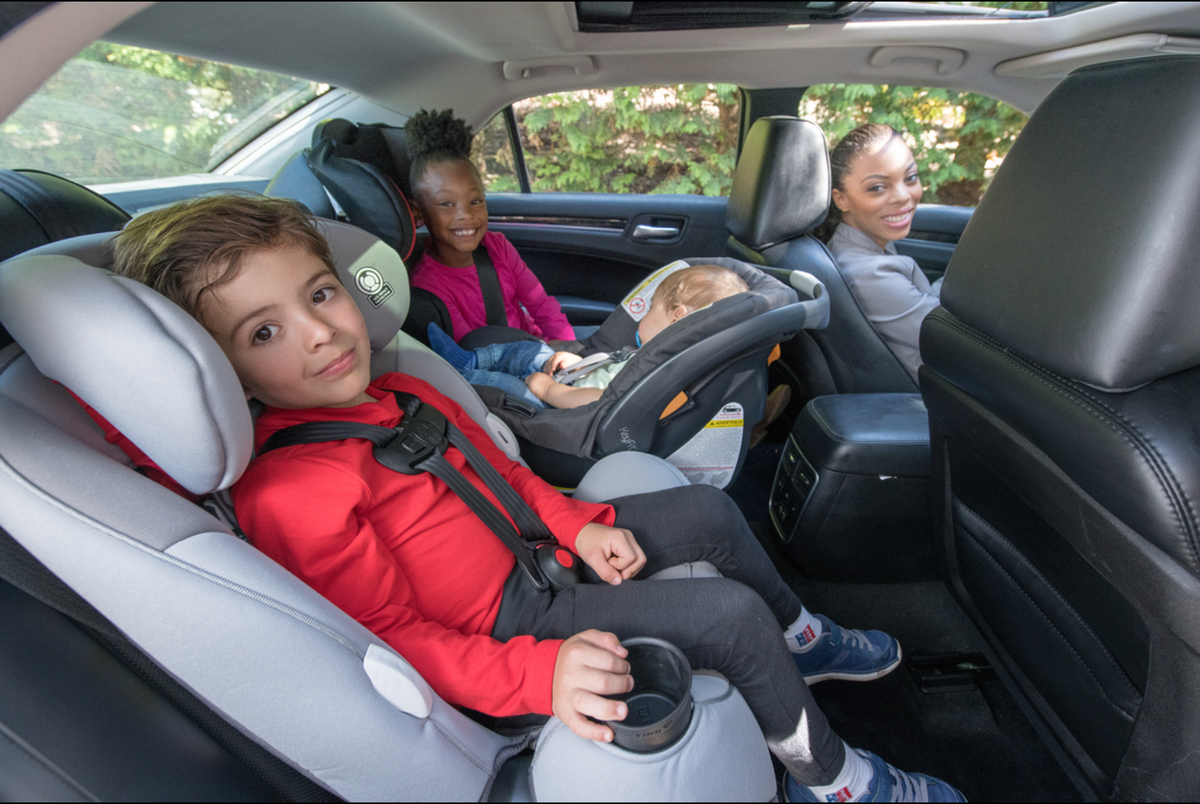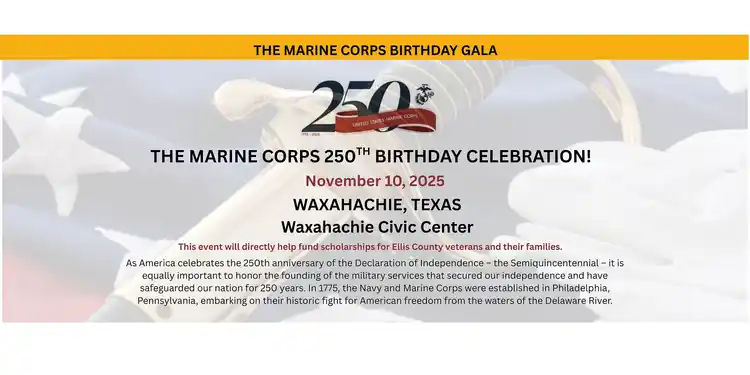Keep your kids safe: NHTSA guide to buying used car seats

When purchasing a used car seat for your child, safety should always be your top priority.
The National Highway Traffic Safety Administration offers essential guidelines for parents and caregivers to ensure that second-hand car seats meet safety standards. While used seats can be a budget-friendly option, it’s critical to know how to evaluate them to keep your child safe on the road.
The Texas A&M AgriLife Extension Service shares this important information as yard sale season begins, highlighting these important steps for parents and caregivers to ensure the safety of their children while traveling.
“As a parent, there’s very few times that we’re able to choose how safe our child is,” said Danae Hicks, Ellis County Extension agent and child passenger safety technician. “When they’re in the car, however, we’re able to make that choice. There are many cost-effective, safe seats on the market that do not potentially put your child in danger.”
Checklist for safe used car seats:
Check for history of accidents
Ensure that the seat has never been involved in a moderate or severe crash; this can be done by asking the previous owner. Even if the car seat looks undamaged, internal damage could compromise its safety in the event of another collision. You are trusting your child’s life in that person’s willingness to be honest with you. Only consider using a second-hand seat from a trusted friend or family member. Even if the car seat looks undamaged, internal damage could compromise its safety in the event of another collision.
Verify the labels
Always check for the seat’s manufacturer labels, including the date of manufacture and the model number. This helps confirm the seat’s age and whether it’s subject to any recalls.
Look for recalls
Before purchasing, check for any active recalls on the car seat. Car seats may be recalled for defects, and knowing this information could save lives. The NHTSA provides resources to check for recalls.
Ensure completeness
Make sure the seat is complete, including all original parts. Missing parts can compromise the functionality of the car seat. If any parts are missing, contact the manufacturer for replacements.
Check that it has been washed properly
Car seats can be washed improperly. The only safe way to clean a car seat is according to the manufacturer’s instructions, including using gentle detergents, not submerging the harness, and not submerging the car seat in water. Washing improperly can wash off fire-retardants or damage the harness and cover, which makes it unsafe for a child to ride in.
Instruction manual included
Ensure that the car seat includes the original instruction manual. Without it, proper installation and use may become difficult. You can often contact the manufacturer to obtain a new manual if necessary.
Why is this important?
Car seats have expiration dates, typically six-10 years from the date of manufacture, and over time, their materials can degrade, potentially putting your child at risk. A new seat, while more expensive, will offer the latest safety features and reliability. If buying used, the NHTSA recommends taking these steps to ensure the seat’s safety.
Additional resources
Parents and caregivers can register their car seats with manufacturers to receive important safety recall notifications. The NHTSA also offers a SaferCar app, which provides timely updates on recalls and safety notices.
Texas A&M AgriLife Extension Service offers resources and educational programs to keep families informed about child passenger safety. For more information on car seat safety, visit NHTSA Car Seat & Booster Seat Page or reach out to your local Texas A&M AgriLife Extension office at 972-825-5175 for guidance.

